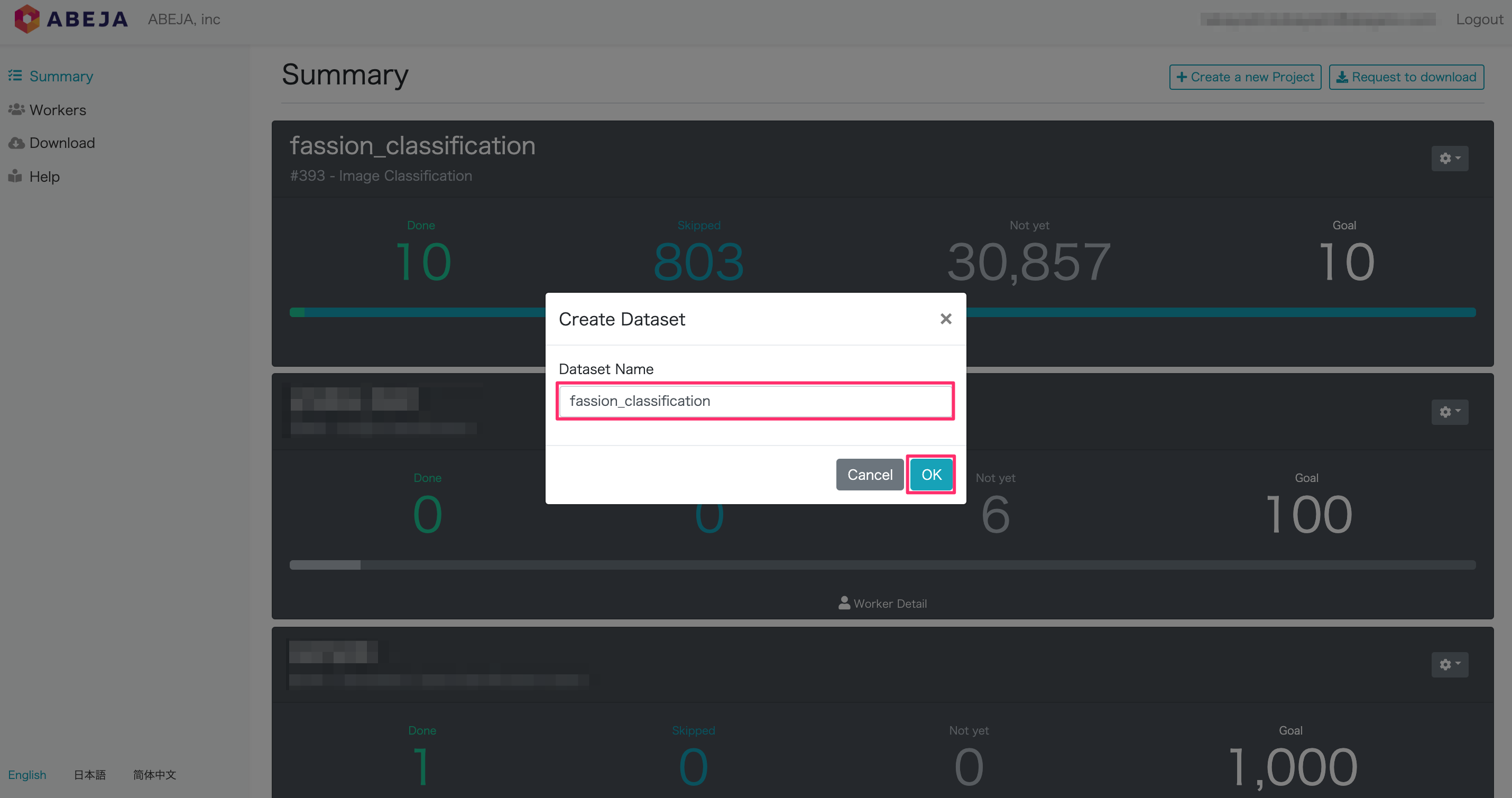

In Linux and Mac you can do: rm ~/.labelImgSettings.pklĬitation: Tzutalin. labelImgSettings.pkl from your home directory. From the top menu of the labelimg click on Menu/File/Reset All.In case there are issues with loading the classes, you can either: The difficult field is set to 1 indicates that the object has been annotated as "difficult", for example, an object which is clearly visible but difficult to recognize without substantial use of context.Īccording to your deep neural network implementation, you can include or exclude difficult objects during training. Watch a demo video Installation Get from PyPI but only python3. Besides, it also supports YOLO and CreateML formats. Annotations are saved as XML files in PASCAL VOC format, the format used by ImageNet. It is written in Python and uses Qt for its graphical interface. This is used when creating a dataset automatically, the user can then through all the pictures and flag them instead of annotate them. LabelImg is a graphical image annotation tool. When pressing space, the user can flag the image as verified, a green background will appear. Keyboard arrows to move selected rect box (Choose Display Labels mode in View to show/hide lablels) Hotkeys Ctrl + u Select image in File List, it will appear the bounding box and label for all objects in that image.Click File and choose 'Open Dir' then Open the image folder.The labels file name must be same with image file name. Copy the existing lables file to same folder with the images.To load pre-defined classes Annotation visualization When saving as YOLO format, "difficult" flag is discarded.You shouldn't use "default class" function when saving to YOLO format, it will not be referred.When you save an image, classes.txt will also get updated, while previous annotations will not be updated. Your label list shall not change in the middle of processing a list of images."classes.txt" defines the list of class names that your YOLO label refers to. A file named "classes.txt" is saved to that folder too. When finished with a single image, click save.Ī txt file of YOLO format will be saved in the same folder as your image with same name. You may use Open/OpenDIR to process single or multiple images.Right below "Save" button in the toolbar, click "PascalVOC" button to switch to YOLO format.In data/predefined_classes.txt define the list of classes that will be used for your training.You can refer to the below hotkeys to speed up your workflow. The annotation will be saved to the folder you specify. You can use right mouse to drag the rect box to copy or move it COCO Annotator is a web-based image annotation tool designed for versatility and efficiently labeling images to create training data for image localization.Click and release left mouse to select a region to annotate the rect.Click 'Change default saved annotation folder' in Menu/File.Build and launch using the instructions above.Watch a demo video Usage Steps (PascalVOC) You can pull the image which has all of the installed and required dependencies. volume= "/etc/sudoers.d:/etc/sudoers.d:ro " \


 0 kommentar(er)
0 kommentar(er)
